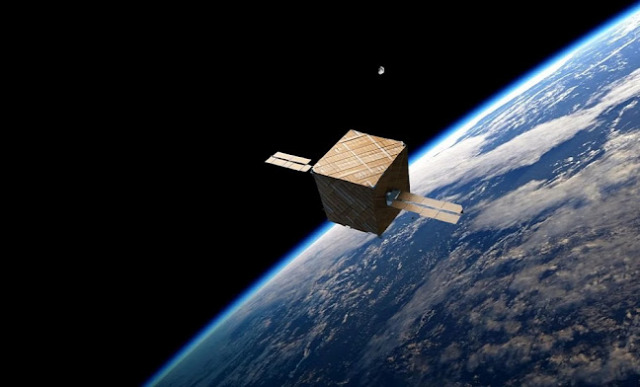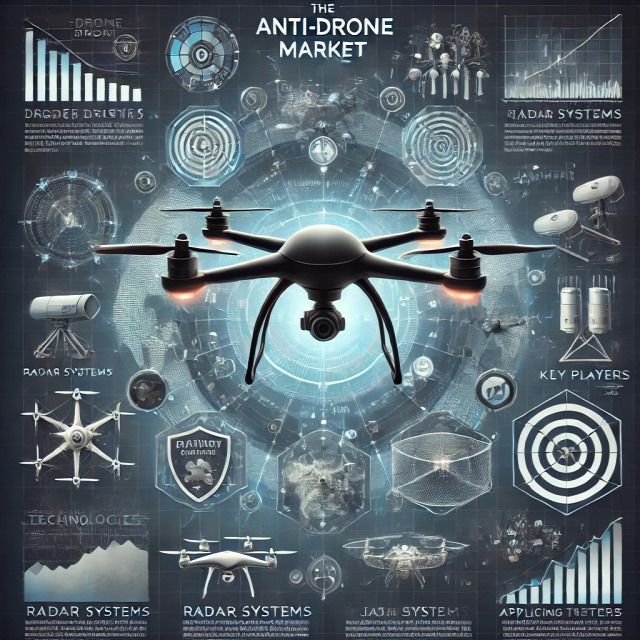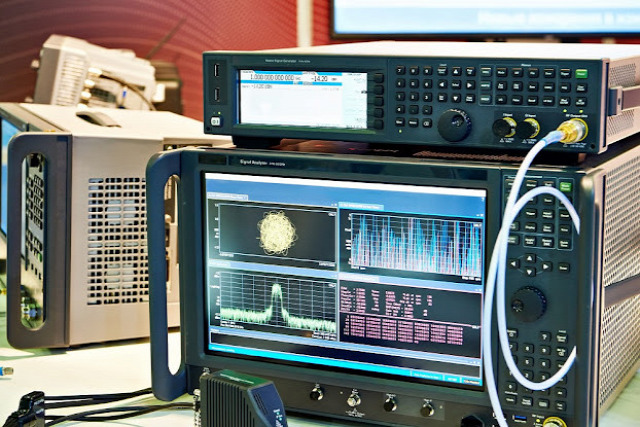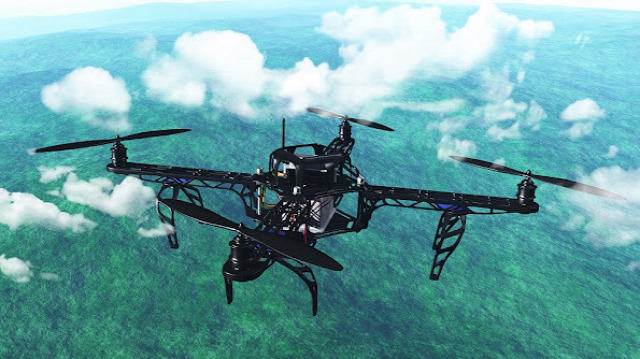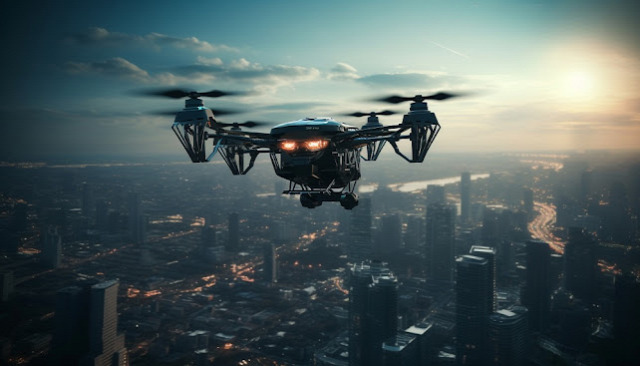
The aerospace industry, encompassing both manned and unmanned vehicles, has always been at the forefront of technological advancements. One of the key areas witnessing significant growth and innovation is the use of composite materials. Composites, with their superior strength-to-weight ratio and resilience, are revolutionizing the way we design and manufacture aircraft and unmanned aerial vehicles (UAVs).
The global aerospace and unmanned composite market represents a pivotal segment within the broader aerospace and defense industry, characterized by its utilization of advanced composite materials to revolutionize the design, performance, and functionality of aircraft, spacecraft, and unmanned systems.
Advantages of Composite Materials
Composite materials, typically made from a matrix (such as polymer, metal, or ceramic) reinforced with fibers (like carbon or glass), offer several advantages over traditional materials like aluminum and steel:
-
Weight Reduction: Composites are significantly lighter, which directly translates to fuel savings and increased payload capacity.
-
Strength and Durability: They exhibit superior strength-to-weight ratios and are resistant to corrosion and fatigue.
-
Design Flexibility: Composites allow for more complex shapes and structures, enabling more aerodynamic and efficient designs.
Applications in Manned Aircraft
In the realm of manned aircraft, composites are being used extensively in both commercial and military aviation. Notable examples include:
-
Boeing 787 Dreamliner: Approximately 50% of the Dreamliner’s structure, including the fuselage and wings, is made from composite materials.
-
Airbus A350 XWB: This aircraft also uses around 53% composites by weight, enhancing fuel efficiency and reducing maintenance costs.
Market Trends and Growth Drivers
Increasing Demand for Fuel Efficiency: As fuel costs continue to rise and environmental regulations become stricter, the demand for fuel-efficient aircraft is increasing. Composites play a crucial role in meeting these demands by reducing overall aircraft weight and improving aerodynamic efficiency.
Request A Free Detailed Sample on Aerospace and Unmanned Composite Market!
Technological Advancements: Continuous advancements in composite manufacturing technologies, such as automated fiber placement (AFP) and resin transfer molding (RTM), are making the production of composite components more efficient and cost-effective. These technologies are also enabling the production of larger and more complex structures.
Expansion of UAV Applications: The application of UAVs is expanding beyond military use to include commercial and civil sectors such as agriculture, surveillance, disaster management, and logistics. This diversification is driving the demand for high-performance composite materials to enhance the capabilities and efficiencies of UAVs.
Investment and Collaboration: Major aerospace companies are investing heavily in composite research and development. Collaborations between aerospace giants and composite manufacturers are leading to innovative solutions and the rapid integration of advanced materials into new aircraft designs.
Some of the prominent names established in this market are:
- Airborne
- Bally Ribbon Mills
- Beyond Gravity
- CRP Technology Inc.
- Euro-Composites
- FACC AG.
- Trelleborg Group
- Kineco Limited
Future Prospects
The future of the aerospace and unmanned composite market looks promising, with several key trends set to shape its trajectory:
-
Sustainable Aviation: As the industry pushes towards sustainability, composites will play a vital role in developing electric and hybrid-electric aircraft.
-
Urban Air Mobility (UAM): The development of air taxis and other urban air mobility solutions will rely heavily on lightweight composites to achieve efficiency and performance in congested urban environments.
-
Advanced Composite Materials: Research into next-generation composites, such as those incorporating nanomaterials or bio-based fibers, is expected to yield materials with even better performance characteristics.
Conclusion
The aerospace and unmanned composite market is poised for significant growth, driven by the continuous quest for improved performance, fuel efficiency, and expanded UAV applications. As technology advances and new materials are developed, the role of composites in shaping the future of aviation will only become more prominent. This sector not only promises economic growth but also represents a leap forward in achieving more sustainable and efficient air travel.


